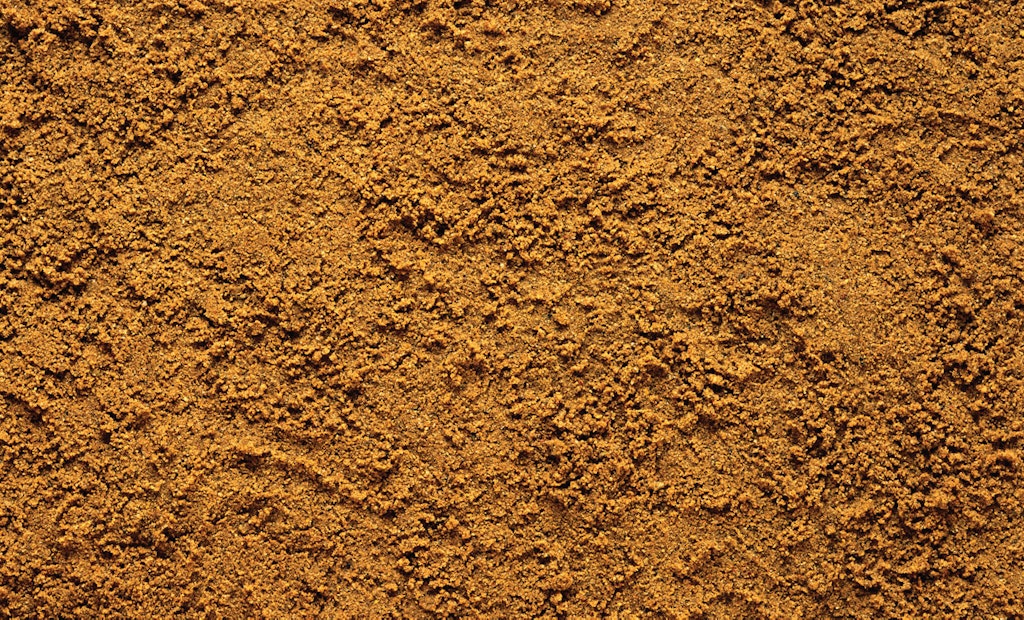Interested in Education/Training?
Get Education/Training articles, news and videos right in your inbox! Sign up now.
Education/Training + Get AlertsOur next few columns will be based on common questions we receive during workshops conducted with installers. They are the same questions we’ve heard at almost every training over the years — and this tells us they are important to address in the Basic Training column.
The first question comes up around a primary principle we’ve discussed many times: the keep it shallow, or KISS, principle, where the second S can be filled in using your imagination. The KISS principle is based on the concept that the most permeable and most biologically active part of the soil profile for both the acceptance and treatment of septic effluent occurs at the surface or upper portions of a soil profile.
The question is: If I have a limiting soil condition such as slowly permeable clay soil or the presence of dense soil layers or caliche — and I know there is a more permeable layer of sand and gravel deeper — why can’t I just dig through the problem layer and install the system in the other material?
Systems need to accept the amount of effluent generated within a residence and treat the effluent before it reaches groundwater or surface water or is discharged where there can be environmental or human health impacts. Treatment occurs through a combination of physical, chemical and biological processes. These processes require time, so it is important that effluent moves through soil slowly enough for this to happen.
Fortunately, if our systems are designed and installed properly, the balance between accepting the effluent and treatment occurs. This is done in gravity distribution systems by the formation of a biomat that slows down the flow and ensures flow through the soil is unsaturated. In pressure distribution systems, flow is controlled by operation of the pump and distribution of the effluent across the entire soil treatment area.
Oxygen is necessary
Unsaturated flow through soil ensures there is also oxygen present and in shallow soil horizons the presence of aerobic (oxygen-loving) organisms that are more efficient at breaking down organic components of the waste and tying up pathogenic bacteria and viruses. Having enough oxygen present under and around the system is necessary for treatment to occur. Placing systems in areas where the physical structure of the soil is permeable to both water and oxygen means locating them in areas where treatment happens.
For oxygen to be present at deeper depths in the soil, it needs to be able to move through the upper layers to depth. The deeper into the soil profile, the less oxygen. There are correspondingly fewer natural aerobic organisms present due to lower oxygen levels and the lack of organic matter as their food source. This is why one of the design criteria for soil treatment units is to make them long, narrow and close to the oxygen source (surface).
Digging through the limiting layers introduces sewage effluent into an environment where, because of less oxygen and lower numbers of organisms, treatment times increase even if flow remains unsaturated. For gravity systems with less oxygen, a much thicker biomat will be formed. This potentially reduces flow to points where the soil will not accept the amount of effluent introduced, causing the effluent to continue to back up and pond over the infiltrative surface. When the pressure exerted by the ponded effluent is enough to push the effluent through the biomat, flow will be rapid and not allow treatment.
In the scenario where effluent is applied to a coarse, rapidly permeable sand and gravel layer, flow will be saturated and too rapid for treatment to occur. The untreated waste is then allowed to move directly into the nearby surface aquifer system, contaminating the groundwater with nutrients and pathogens.
Watch the limiting layer
As an aside, this is also what happens in a cesspool or seepage pit — and it’s the reason these systems are not allowed in most states. This has resulted in entire aquifer systems being contaminated and forced changes to drinking well locations and depths in many regions.
There is another very good reason not to dig through a limiting layer. If a limiting layer is cut through and some type of media is placed in the trench and backfilled, the area is likely more permeable than the problem layer. When it rains and saturates the upper layers, the trench that was cut through the layer acts like a drain. It is the easiest path for the excess water to take. The entire system can be overwhelmed by the drainage water, causing complete system failure.
In our part of the world, where we have significant precipitation every year and have installed drainage systems to remove stormwater, this condition usually happens soon after installation. Homeowners are not happy to replace systems, and the installer is at the top of their call list.
We have also seen this happen in more arid environments like Arizona. In one case, the convective thunderstorms that occur in the summer generated enough water draining into the deep trenches to completely wash out every system installed through the limiting layer in a residential development.
Our answer to the question is always KISS!






